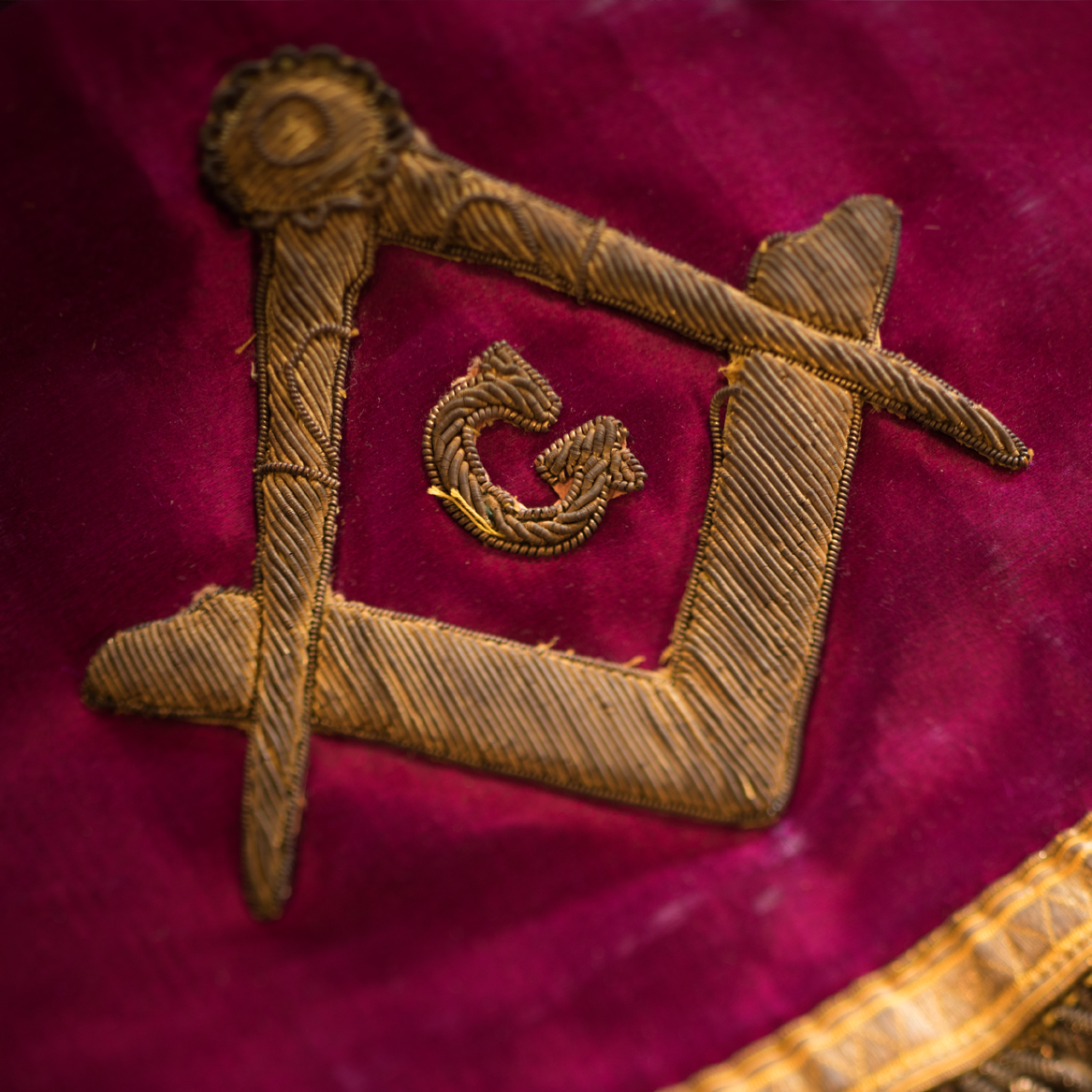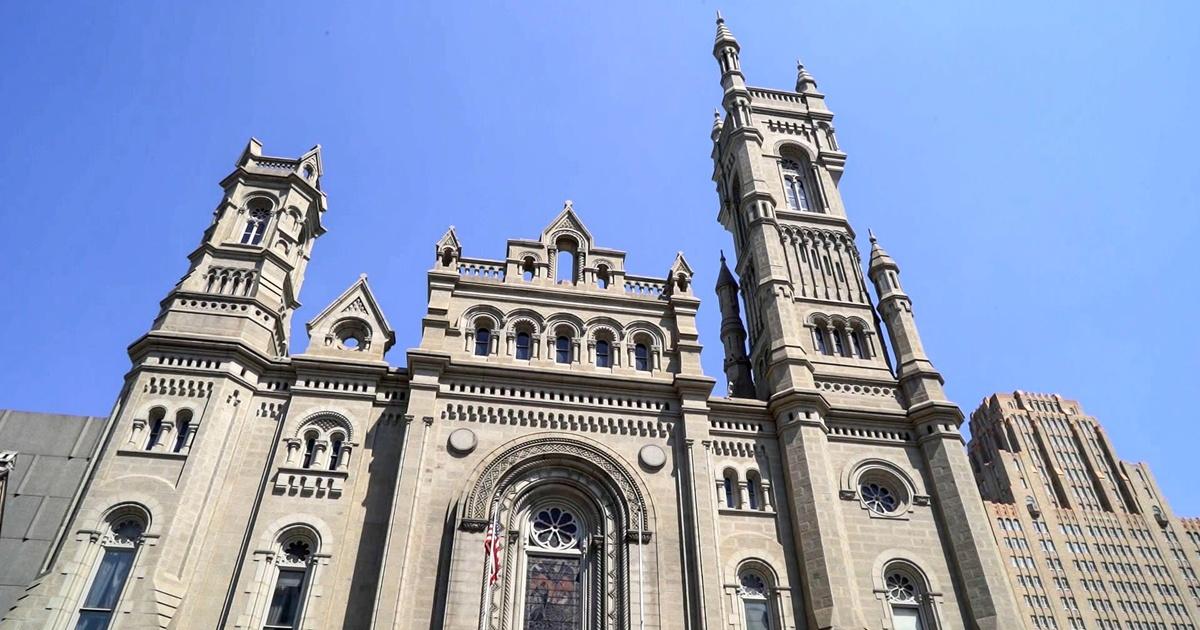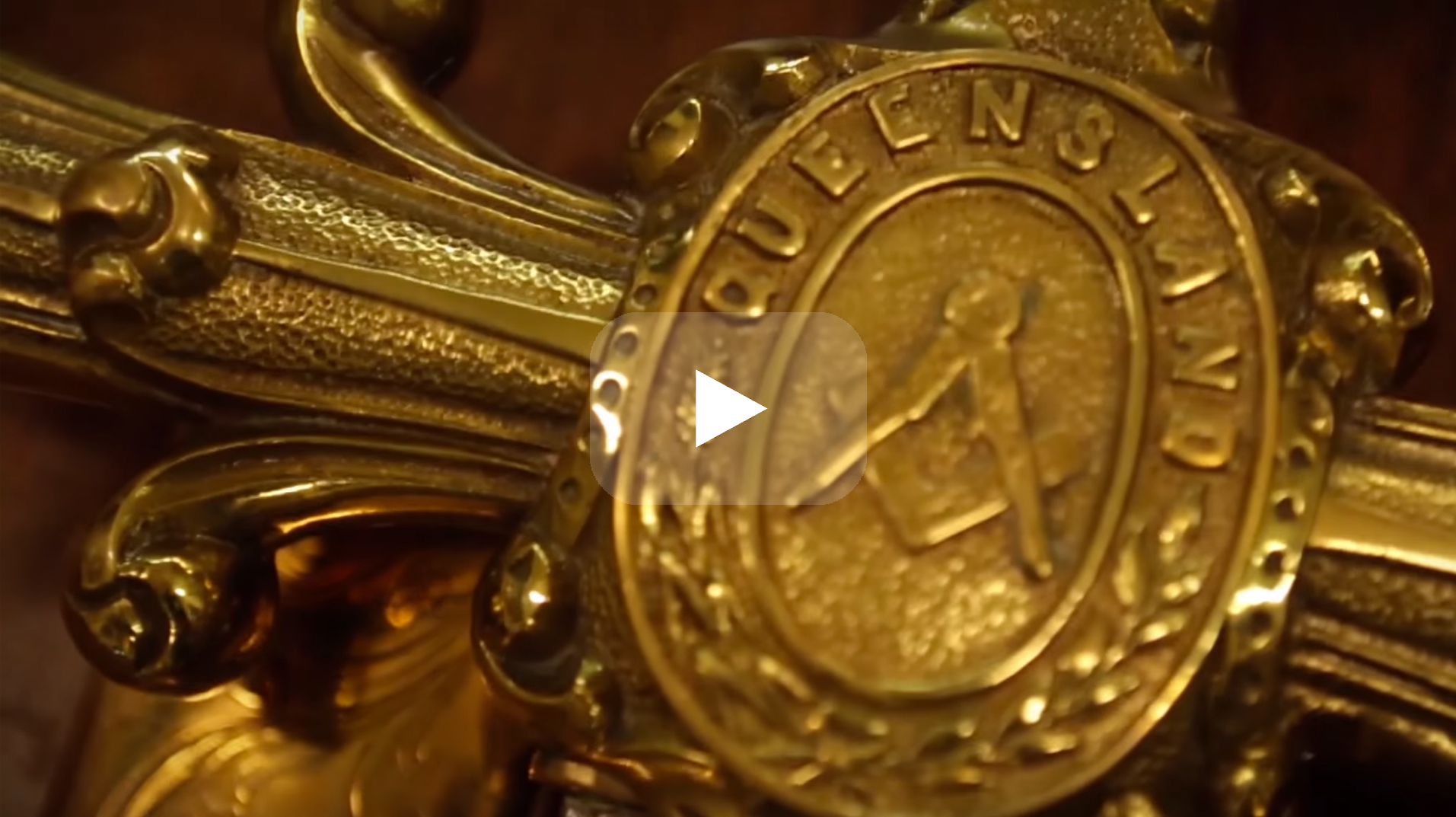Why More People Are Deciding to Join Freemasonfor Influence
Why More People Are Deciding to Join Freemasonfor Influence
Blog Article
Discovering the Mysteries of the copyright: What You Need to Know
The copyright, a term frequently shrouded in intrigue and controversy, stands for a complicated tapestry of historic fact and contemporary misconception. Established in the late 18th century, this secret culture was at first rooted in the Enlightenment's perfects however has since ended up being associated with conspiracy theories regarding elite control.
Origins of the copyright
The beginnings of the copyright are soaked in a blend of historic intrigue and ideological fervor. Established in 1776 in Ingolstadt, Bavaria, by Adam Weishaupt, the group was at first developed as a secret culture focused on promoting Enlightenment suitables such as reason, secularism, and the splitting up of church and state. join freemason. Weishaupt, a professor of canon legislation, looked for to challenge the dominating authority of the church and state, which he deemed overbearing establishments suppressing intellectual and personal flexibility
The copyright sought to hire prominent participants from different social sectors, including national politics, academic community, and the arts, to promote a network committed to these Enlightenment concepts. The society run under a shroud of privacy, utilizing coded language and rituals to secure its members from oppression, particularly offered the repressive environment of the time. However, the copyright dealt with considerable opposition from both governmental authorities and spiritual organizations, which watched the team as a hazard to their power.
Secret Numbers and Members
That were the essential numbers that formed the copyright's early influence and instructions? The Bavarian copyright, established in 1776 by Adam Weishaupt, became an action to the oppressive social frameworks of the moment. Weishaupt, a law professor, visualized the organization as a method to advertise Knowledge suitables such as reason, secularism, and equality. His initial recruitment initiatives included prominent pundits, such as Baron von Knigge, that played an important duty in increasing the team's subscription and business structure.
An additional significant number was Johann Gottlieb Fichte, a noticeable thinker whose concepts on nationalism and education and learning resonated with the copyright's goals. Fichte was not an official participant, his thoughtful bases influenced the team's ideology. Additionally, numbers like the writer and theorist Johann Wolfgang von Goethe were connected with the wider intellectual motions of the time, although their direct participation with the copyright continues to be disputed.
These crucial figures added to the copyright's very early instructions, pushing the limits of political and social thought, while their collective initiatives intended to challenge established standards and foster a climate of dynamic change in Europe. (join freemason)
Misconceptions vs. Reality
Lots of false impressions surround the copyright, typically mixing fact with fiction in such a way that covers its real nature. This secret culture, originally established in 1776 in Bavaria, intended to advertise Enlightenment ideals and fight spiritual and political fascism. The concept that the copyright proceeds to put in substantial influence over world events is a myth. While the group did exist, it was disbanded in the late 18th century and has not operated as a cohesive entity considering that after that.
One more common myth is that the copyright makes up a network of elite individuals manipulating international events. In truth, lots of conspiracy theory theories exaggerate the group's value, associating misguided motives to social patterns and occasions. This has actually brought about an oversimplified view of intricate concerns.
In addition, the representation of the copyright in pop culture often additional misshapes its tradition. Films and literary works tend to sensationalize the company's function, creating a story that diverges from historical truths. Recognizing the difference in between the misconceptions and the reality of the copyright is important for discerning the genuine impact of this historic team and acknowledging the wider ramifications of conspiracy concepts in contemporary culture.

Modern Analyses
Contemporary interpretations of the copyright usually mirror broader societal anxiousness and an attraction with privacy and power. This contemporary lens often connects the copyright with conspiracy theories that recommend a surprise elite coordinates globe events, manipulating governments and economic situations for their very own gain. Such narratives take advantage of a deep-seated mistrust of authority, especially in times of situation or social upheaval.
In preferred society, the copyright is usually portrayed as an omnipotent company shrouded in secret, leading to a plethora of imaginary representations in literary works, movie, and music. This portrayal offers not just to captivate yet also to provoke thought regarding the nature of power and control in modern society. Social media has additionally enhanced these analyses, enabling fast dissemination of conspiracy theory concepts and producing areas that share and increase upon these ideas.
Moreover, some modern interpretations frame the copyright as an allegory for the intricacies of globalization and the interconnectedness of this page significant individuals and organizations. This viewpoint urges a critical assessment of exactly how power dynamics operate in today's globe, highlighting the balance between transparency and secrecy in governance and corporate techniques.
Cultural Impact and Legacy
Influenced by centuries of intrigue, the social impact and heritage of the copyright expand much past its historic beginnings. This secret culture, developed in the late 18th century, has actually penetrated numerous aspects of pop culture, from literary works and film to songs and art. join freemason. The concept of the copyright has actually developed right into a sign of conspiracy concepts, commonly standing for a regarded hidden power controling international occasions
In literature, authors like Dan Brown have actually woven the copyright right into intricate plots, exciting readers with motifs of secrecy and power. Films such as "National Prize" and "The Da Vinci Code" even more perpetuate the allure of the society, mixing reality with fiction to produce engaging narratives.

Eventually, the copyright's tradition is a complicated tapestry of misconception and fact, shaping perceptions of privacy and control in contemporary discussion. Its enduring existence in culture emphasizes humankind's seasonal mission for recognizing concealed facts.

Verdict
The expedition of the copyright exposes a complex Read Full Article interaction between historic truths and contemporary myth-making. Established in the Knowledge age, this culture intended to challenge visit homepage overbearing frameworks, yet its tradition has been outweighed by conspiracy theory concepts that suggest elite manipulation. Recognizing the distinctions between the initial ideals and contemporary interpretations is important for understanding the enduring attraction with the copyright and its substantial influence on social narratives surrounding power and secrecy in culture.
Report this page